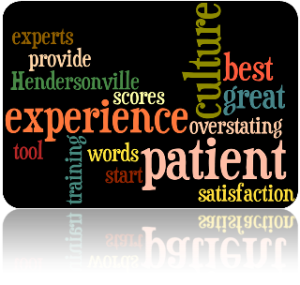
Let’s get on the Same Page. How do you get everyone on the Same Page, going in the same direction? Before we move forward, let’s make sure we’re on the Same Page. You need to ensure you’re on the Same Page with your customer before you end the call.
I seem to find myself using the phrase “Same Page” over and over again. I’ll use it in training, when providing strategic guidance on culture change, in meetings with my clients, and in one-on-one discussions with staff.
The phrase comes out of my mouth so often because it applies to so much in service interactions and service cultures. In healthcare, you often have to communicate with patients about next steps. What must the patient do to care for themselves at home post-discharge? Who must they contact to talk about billing and insurance? Where should they go, and how should they prepare for an upcoming procedure? Getting on the “Same Page” means that you and that patient have a common understanding of what needs to happen next and when.
Many local governments are trying to change their cultures to be more flexible, more customer service-oriented, more high-tech while maintaining high-touch. So their employees may have to change behaviors and mindsets; they have to understand their greater purpose beyond the policies and procedures, and beyond the codes and ordinances. The leaders must get everybody on the “Same Page” about the reason government exists and the important role that customer service plays in serving the community.
In one-on-one personal conversations, the phrase “Same Page” suggests that all parties understand the situation, the goals, the next steps, and timeframes. This leads to well-understood expectations, work more likely done right the first time, and clearer communications.
In more strategic discussions, the phrase “Same Page” suggests that everyone in the organization understands what they’re here to do, and everyone understands their role in moving toward objectives, goals, and vision.
Communicate more clearly with others. Ensure that conversations don’t end before you’re on the Same Page.























